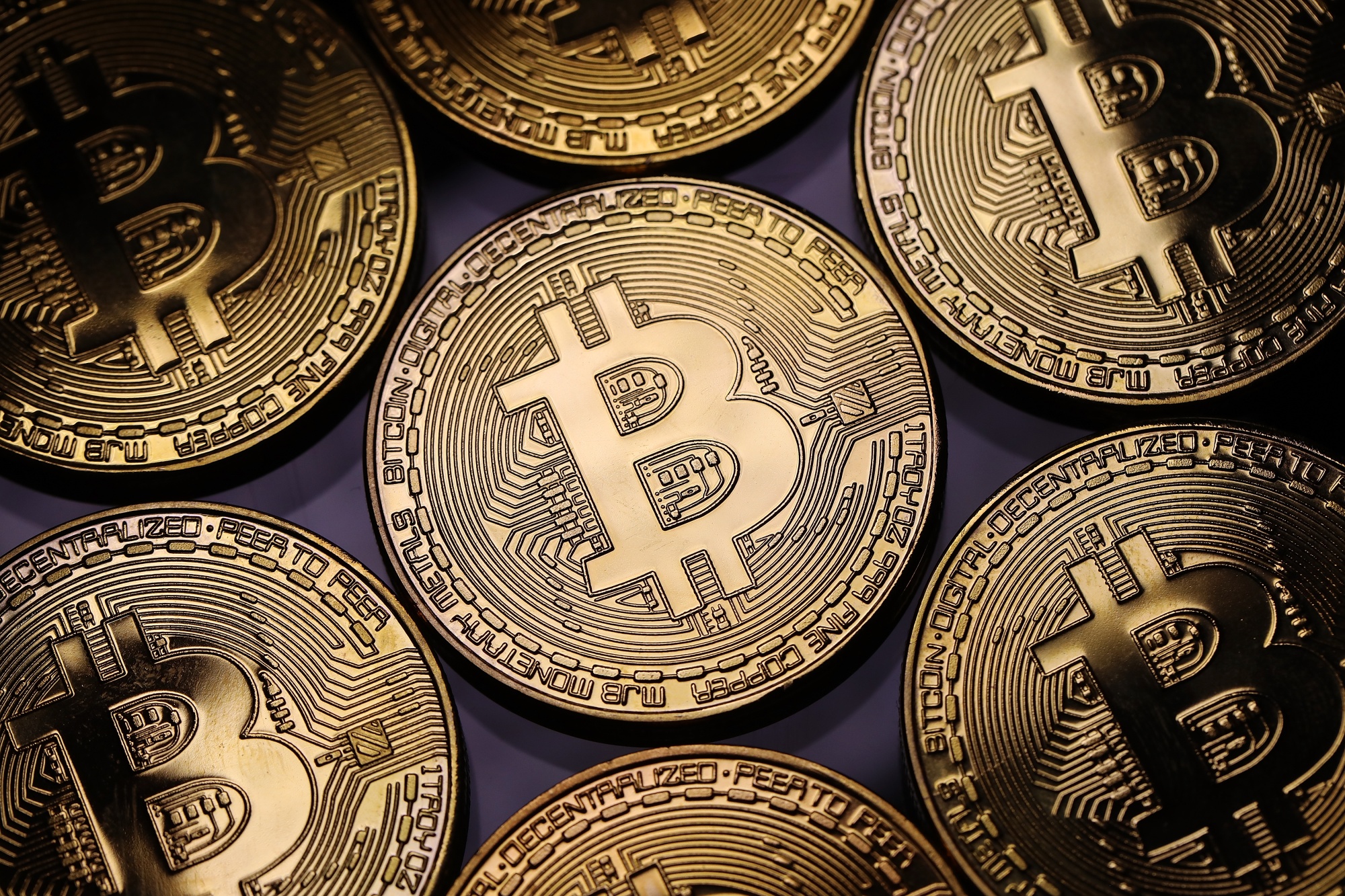How crypto is dealing with debt ceiling turmoil
Cryptocurrencies are often characterized by their wild price swings and volatility, but stablecoins are digital currencies designed to do the opposite — to hold a steady value.
If you have a stablecoin that is supposed to be equal to $1, then you can theoretically trust that it will always be worth one dollar. It’s like having a digital version of a dollar bill. That makes it easier to use cryptocurrencies for everyday things like buying goods or services and reduces the risks associated with regular cryptocurrencies, which can go up or down in value very quickly.
These coins have become a crucial part of the overall crypto system — they currently have a market value nearing $130 billion, up from about $11 billion in June 2020. A lot of money is on the line, and with just days left until the US reaches its so-called X date — when the Treasury says the government must raise the debt ceiling or risk defaulting on its obligations — stablecoin companies are worried.
Circle, a financial service company that issues one of the world’s largest stablecoins tied to the US dollar, known as a USDC, has been preparing for months.
Before the Bell sat down with Circle CEO Jeremy Allaire to discuss what the company has been doing, regulation of stablecoins, the regional banking crisis and more.
This interview has been edited for length and clarity.
Before the Bell: President Joe Biden and House Speaker Kevin McCarthy have come to a deal, but lawmakers still have to approve it before the government runs out of cash. How are you prepping for a potential government default?
Jeremy Allaire: At the highest level USDC is designed to always be redeemed at $1. The way that the regulatory guidance around this is is set up and our own self imposed approach to this has been to hold the reserves in the the most safe, most liquid dollar assets in the world — so historically 80% of USDC reserves had been in short term US government Treasury bonds, so 90 day or less Treasury bonds. When people talk about the value of the dollar, that’s generally the anchor point, short duration Treasury bills.
Months ago, when this X date was established, we faced a situation where, in theory, if you’re holding Treasury bills that mature after May 31, and the government can’t pay them, and they’re not able to pay their debt, the dollar itself would de-peg because short term Treasury bonds are the reference point for cash and collateral in the broader financial system. So, we took measures to proactively ensure that we held no T-bills that matured beyond May 31.
There are a few bills to regulate stablecoins making their way through Congress. How do you see things progressing?
There’s still important unfinished work on what we think of as the first phase of what we’re trying to do. We need a protocol for dollars on the internet to become enshrined in law as a $1 cash equivalent instrument that is acceptable to financial institutions, to households, to firms and the like. That’s what we’re talking about with the stablecoin bill. We’re talking about making this legally part of the global financial system.
We absolutely see movement. It’s very clear that both sides of the aisle would like to get something done and they’d like to come together to do that. There seems to be a consensus view that this is important and needs to get done.
Circle had $3.3 billion invested in Silicon Valley Bank before its failure. What are you doing to protect Circle from future banking problems?
We’ve always been concerned about exposure to the fractional reserve banking system [banks that are required to hold only a fraction of customer deposits as reserves, allowing them to lend out the majority] where cash is tied into longer duration lending. We don’t think that’s a good foundation for a digital dollar that runs on the internet.
We’d like some portion of the cash that sits behind USDC to be held with the Fed and Treasury bonds and the like, then you’d have something extraordinarily safe that everyone understood and could depend on.
We were moving towards that prior to SVB’s collapse. But as part of our efforts to continue to do that, we’ve been bringing online larger and larger cash custodians [a financial institution that safeguards and manages cash and other financial assets on behalf of clients]. Bank of New York Mellon, which is one of the largest and safest cash custodians in the world, holds our cash reserves.
More reading on debt ceiling:
Bitcoin Jumps to More Than Two-Week High on Relief Over US Debt Ceiling
Debt ceiling bill faces a tough path in the House as GOP opposition grows https://www.cnbc.com/2023/05/30/debt-ceiling-deal-updates.html
Far-right members threaten a ‘reckoning’ over McCarthy’s debt limit deal https://www.npr.org/2023/05/30/1178878967/mccarthy-house-conservatives-debt-ceiling-deal-vote
The Debt-Ceiling Deal Could Be a Lot Worse https://www.newyorker.com/news/our-columnists/the-debt-ceiling-deal-could-be-a-lot-worse

Comments on this entry are closed.